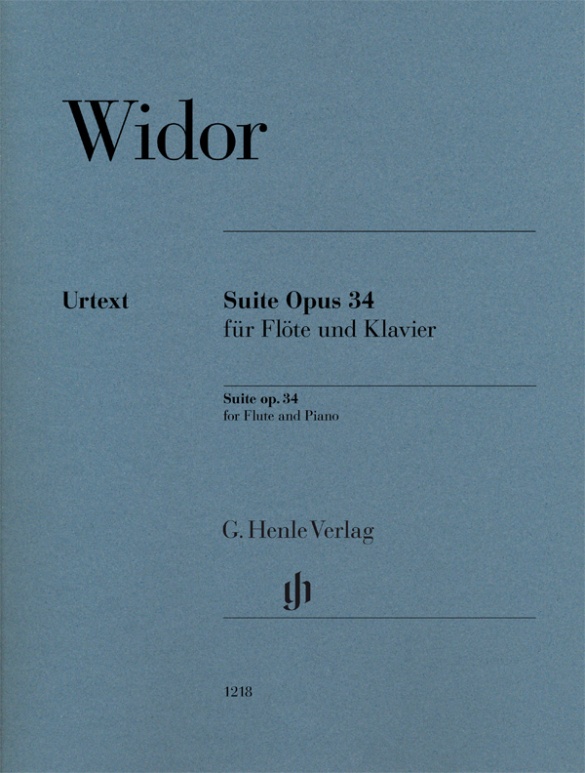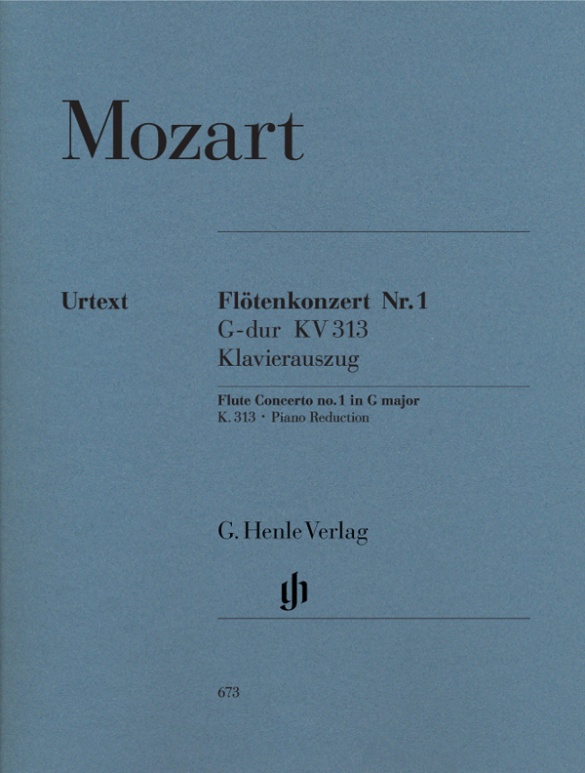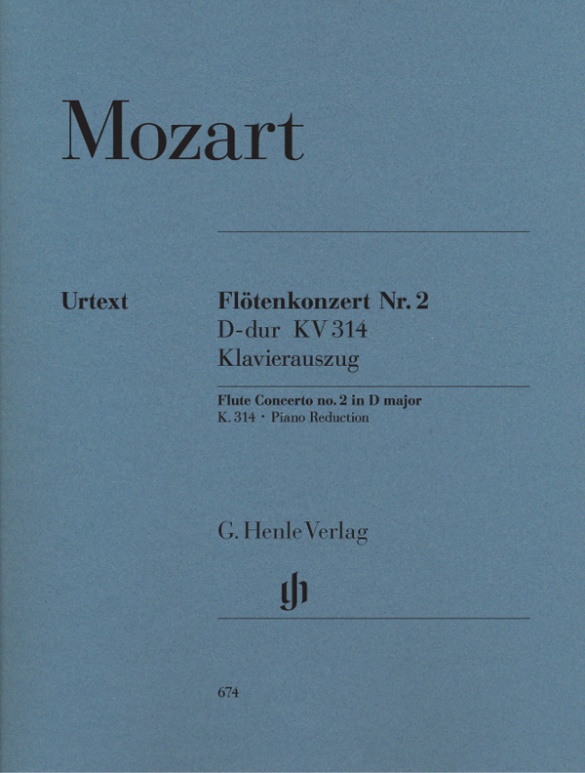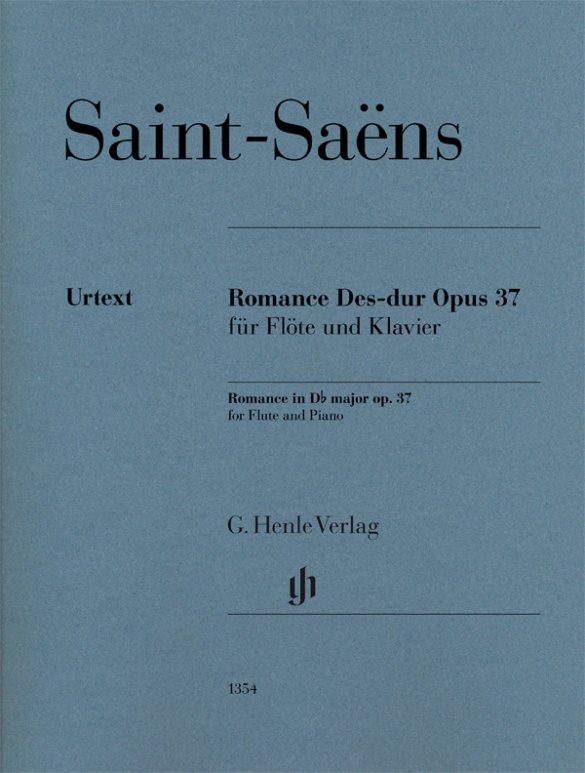Charles-Marie Widor
Suite op. 34 for Flute and Piano
>The late Romantic work is specially tailored to the possibilities of the flute; and it is no accident that it was dedicated to the most important French flautist and flute teacher of the time, Paul Taffanel, who gave its first performance in 1884. From the very beginning the four-movement Suite has been very popular and now belongs to the core repertoire for flute and piano.
内容/詳細
作曲家について

Charles-Marie Widor
A French composer and organist, whose compositional and performing legacy founded the French Romantic school of organ playing. The composition of his works is inextricably linked with the innovations of organ builder Aristide Cavaillé-Coll, who expanded the tonal capabilities of the instrument many times over. As well as important organ works he wrote orchestral music, masses, and chamber music.
校訂者や運指担当者について
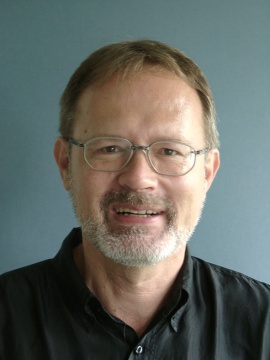
Ernst-Günter Heinemann (校訂)
Dr. Ernst-Günter Heinemann, born in 1945 in Bad Marienberg (Westerwald), completed his schooling in Gießen and read musicology, philosophy and German in Marburg and Frankfurt/Main and also for some time Protestant church music. He did his doctorate on “Franz Liszts geistliche Musik. Zum Konflikt von Kunst und Engagement”.
From 1978–2010 Heinemann worked as an editor at G. Henle Publishers (in 1978 in Duisburg, from 1979 onwards in Munich). He edited a great many Urtext editions for the publishing house, including “Das Wohltemperierte Klavier”, Volume 1 by Bach and all of Debussy’s piano works. In addition, he wrote essays on Debussy, Grieg, Liszt, Mendelssohn and questions concerning general editing, as well as giving seminars on editorial practice for musicology students in Munich.

Klaus Schilde (運指)
Schilde won numerous prizes. From 1947 onwards he gave concerts as a soloist and chamber musician on almost every single continent with renowned orchestras. He taught at the music conservatories in East Berlin Detmold, West Berlin, Munich, Tokyo (Geidai) and Weimar. From 1988–1991 he was President of the Staatliche Hochschule für Musik und Theater in Munich, where he
製品安全に関する情報

G. Henle Verlag
製品の製造元に関する情報はこちらでご覧いただけます。G. Henle Verlag
Forstenrieder Allee 122
81476 München
info@henle.de
www.henle.com
Der Henle Verlag legt eine Neuausgabe der Suite von Charles Marie Widor vor, die sehr zu begrüßen ist. (...) Das leidige Problem des Blätterns im vierten Satz ist bestens gelöst durch eine weitere Seite zum Ausklappen.
nmz, 2016Da die handschriftliche Quelle fehlt, bildet die überarbeitete Fassung die Quelle für die Urtextausgabe bei Henle. Sie bereichert die Palette der bisherigen Editionen auch durch ihre Gestaltung, so ist zum Beispiel der Notendruck übersichtlich und gut lesbar, ausserdem mit ausklappbaren Seiten erweitert, um "gutes Blättern zu ermöglichen" wie der Verlag schreibt.
Schweizer Musikzeitung, 2015Die ansprechende, musikwissenschaftlich aufgearbeitete Neuausgabe des Henle-Verlages lässt wenig Wünsche offen. Sie bietet ein gutes Vorwort und angehängten kritischen Bericht, einen klaren Notensatz auf schönem Papier, eine Solostimme zum Ausklappen ohne Wendestellen, Fingersätze für die Klavierstimme und vor allem eine hervorragende, anspruchsvolle spätromantische Komposition, die in beiden Stimmen gleichermaßen ausgearbeitet ist und viel Raum für fantasievolle Interpretationen lässt.
Tibia, 2015Die Urtext-Ausgabe aus dem Henle-Verlag überzeugt durch ein gut lesbares Notenbild, und in der Solostimme bietet sie für den blättertechnisch nicht einfach umzusetzenden vierten Satz eine gelungene Lösung.
Das Liebhaberorchester, 2014Die Henle-Ausgabe bietet neben einem modernen und ansprechenden Notentext alles, was man von einer Urtext-Ausgabe erwarten darf: schönes Layout, ein ausführlicher Kritischer Bericht und ein informatives Vorwort, das die Neugierde auf Widors übrige Kammermusik zu wecken versteht.
Ensemble, 2014おすすめ
autogenerated_cross_selling
このタイトルを含む他の版
このタイトルを含む他の版


